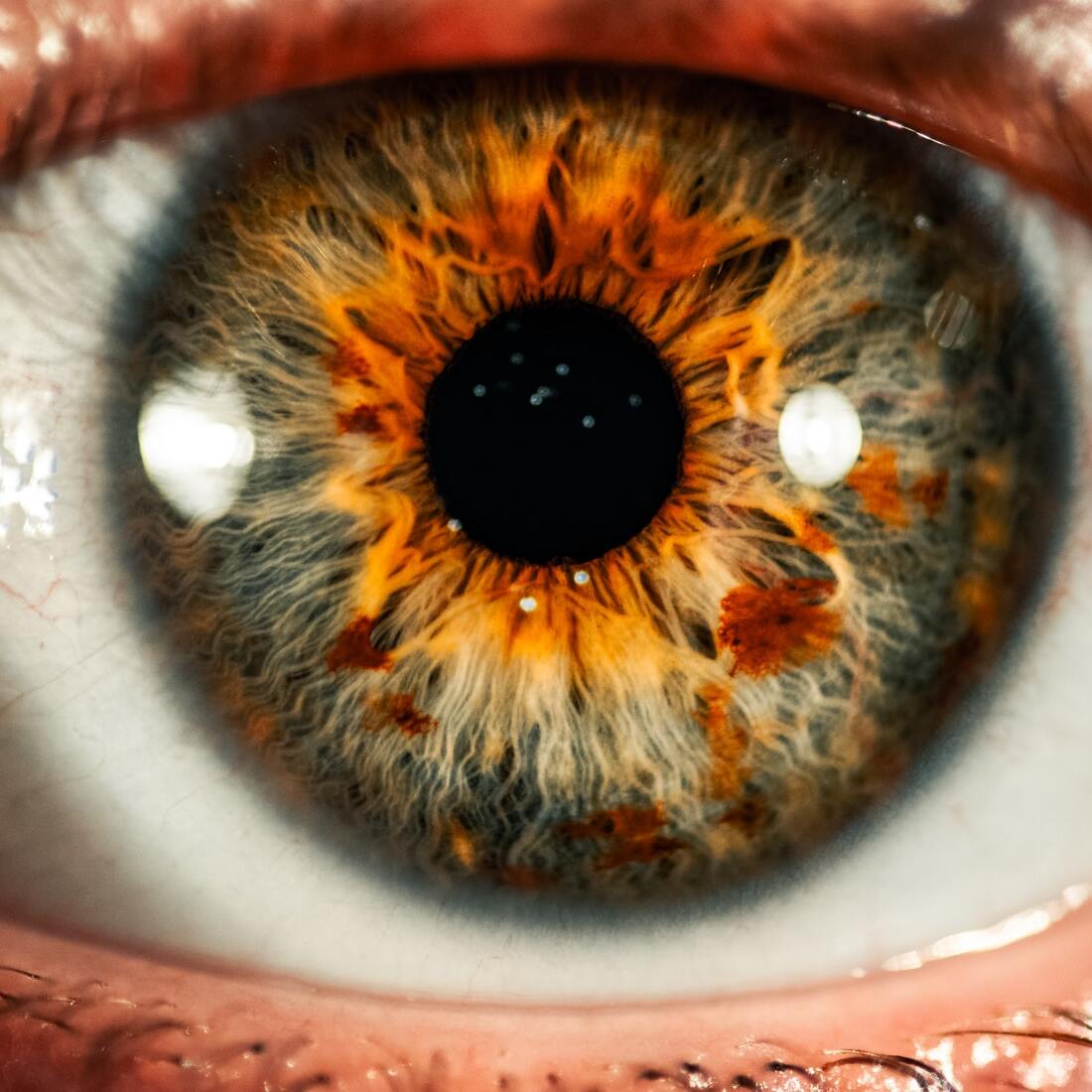Article
Dupilumab for Atopic Dermatitis Linked to Increased Ocular Disease Prevalence
Author(s):
There may be an association between atopic dermatitis severity and diagnosis of ocular disease, such as conjunctivitis.

Investigators of a new study observed a higher prevalence of ocular disease among patients with atopic dermatitis receiving dupilumab versus those on other treatments.
Although dupilumab has shown high efficacy in clinical trials, the monoclonal antibody and interleukin (IL)-4 and IL-13 inhibitor has been associated with various adverse reactions, such as conjunctivitis.
Even more, in these studies, the prevalence of conjunctivitis—which includes all causes—was notably higher in the dupilumab groups than in the placebo groups.
“To date, all studies compare patients treated with dupilumab or placebo,” noted the investigators. “None included a reference group treated with any other treatments such as cyclosporine, phototherapy, and topical corticosteroids.”
The team, led by Jordane Barbé, MD, of University of Hospital of Nancy in France, conducted comparative retrospective cohort analysis of patients with atopic dermatitis, as diagnosed according to the revised Hanifin and Rajka criteria.
All patients (n = 100) were >18 years of age and had visited 1 of 2 select hospital centers in France. All patients had shown improvements in disease by month 5 (Scoring Atopic Dermatitis [SCORAD] < 25; Physician’s Global Assessment [PGA] < 3).
Half of the patients received dupilumab 300 mg every 2 weeks, while the other half had received other types of treatment for their atopic dermatitis.
“The prevalence of ocular disease occurring in the first 4 months was significantly higher in the dupilumab group than in the reference group (18 patients [36%] vs. 5 patients [10%], P = .002),” Barbé and colleagues reported. “In the former, the highest prevalence was observed for allergic severe conjunctivitis (ASC) (30% vs. 4%, P<.001) and blepharitis (22% vs. 2%, P = .004).
The team also found that the majority of patients who developed ocular disease (83%) experienced severe conjunctivitis, with 1 case developing into ectropion.
Notably, these symptoms developed after a mean of 10 weeks following initiation of treatment.
Of patients with ocular disease, 94% received corticosteroid eye drops, 38% received antibiotics ointment, 83% antihistamine eye drops, 28% tacrolimus, and 0.03% skin ointment for the external eyelids. Furthermore, 6 patients permanently discontinued dupilumab therapy, which ultimately led to improvements in ocular disease after 4 weeks post-discontinuance.
According to bivariate analysis, ocular disease was associated with dupilumab treatment (P = .02) and had a potential link to atopic dermatitis severity.
“Indeed, 72% of the patients who developed ocular disease were noted to have severe AD (SCORAD score >50), and 28% had moderate AD (SCORAD score >25) at baseline of dupilumab administration,” the investigators wrote.
Multivariate analysis revealed that simultaneous use of topical corticosteroids per month (30 g of classes III and IV) and atopic dermatitis severity at baseline was significantly associated with ocular disease (OR 1.1 [95% CI, 1.0–1.1; P = .014]).
Even more, patients with ocular disease had history of at least 2 previous atopies, such as allergic asthma, rhinitis, pneumallergens, conjunctivitis, and food allergy.
Currently, there are no specific guidelines regarding management of dupilumab-related conjunctivitis.
“Although it is difficult to identify risk factors for dupilumab-associated ocular disease, an ophthalmologic evaluation prior to the introduction of dupilumab treatment might limit its ocular complications,” the investigators concluded.
The study, “Prevalence of ocular disease during dupilumab treatment for atopic dermatitis: a bicentric retrospective comparative cohort study,” was published online in International Journal of Dermatology





